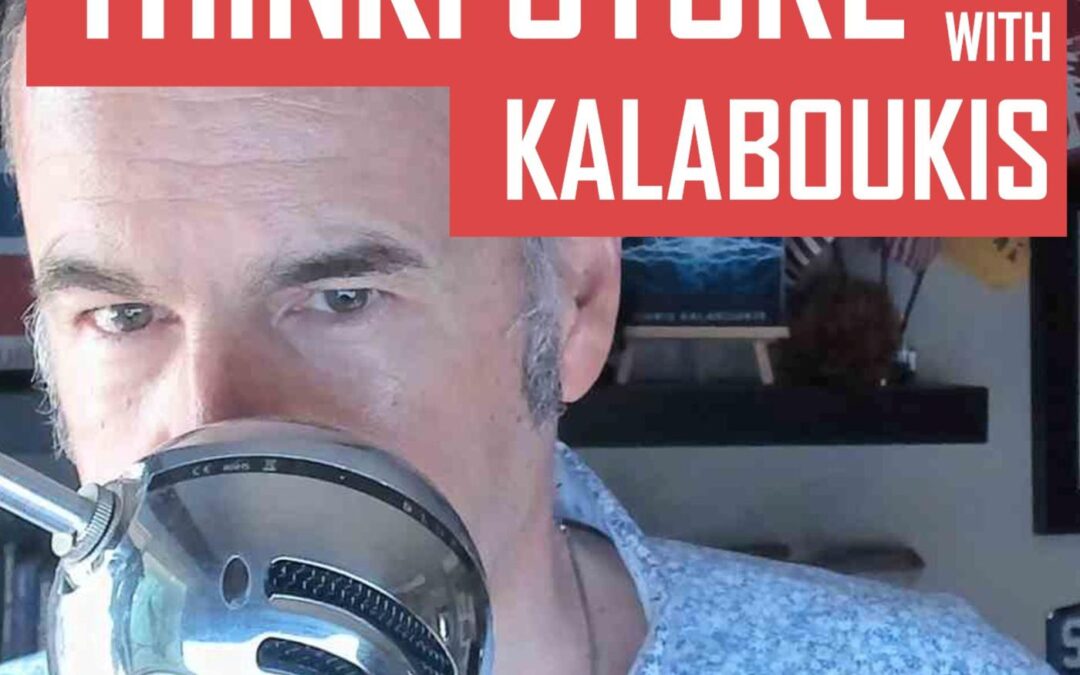

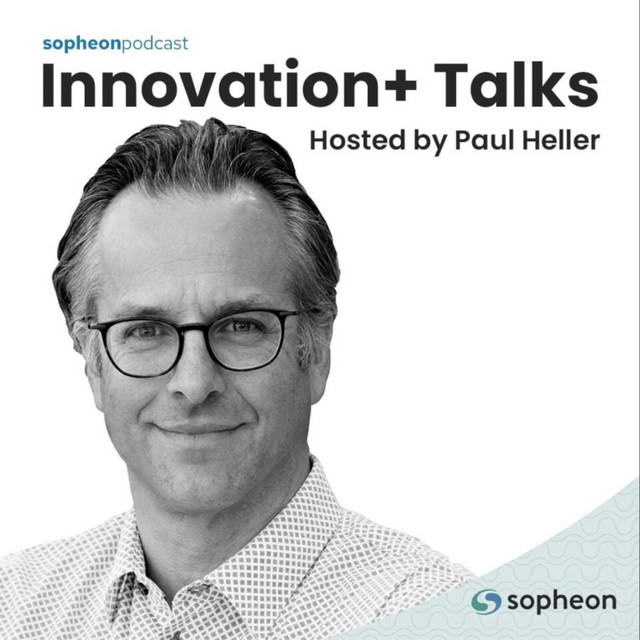
Innovation + Talks
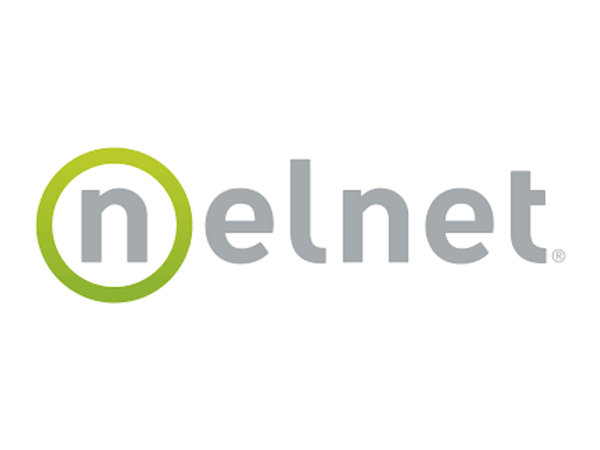
Nelnet Innovation Week
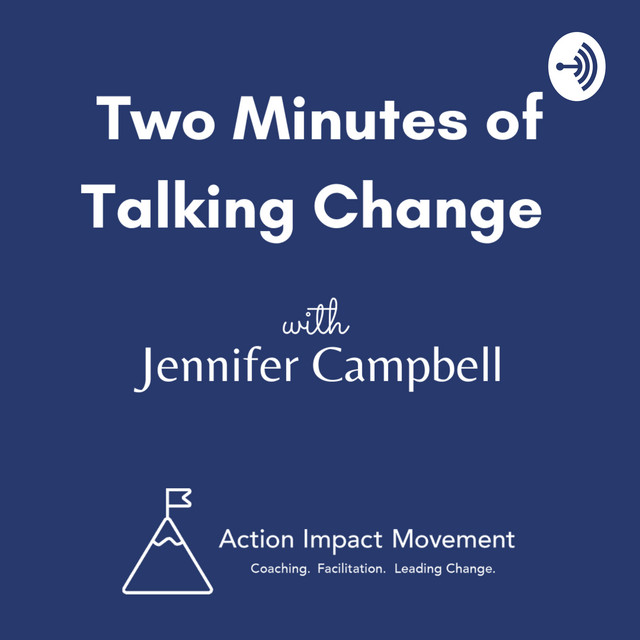
2 Minutes of Talking Change
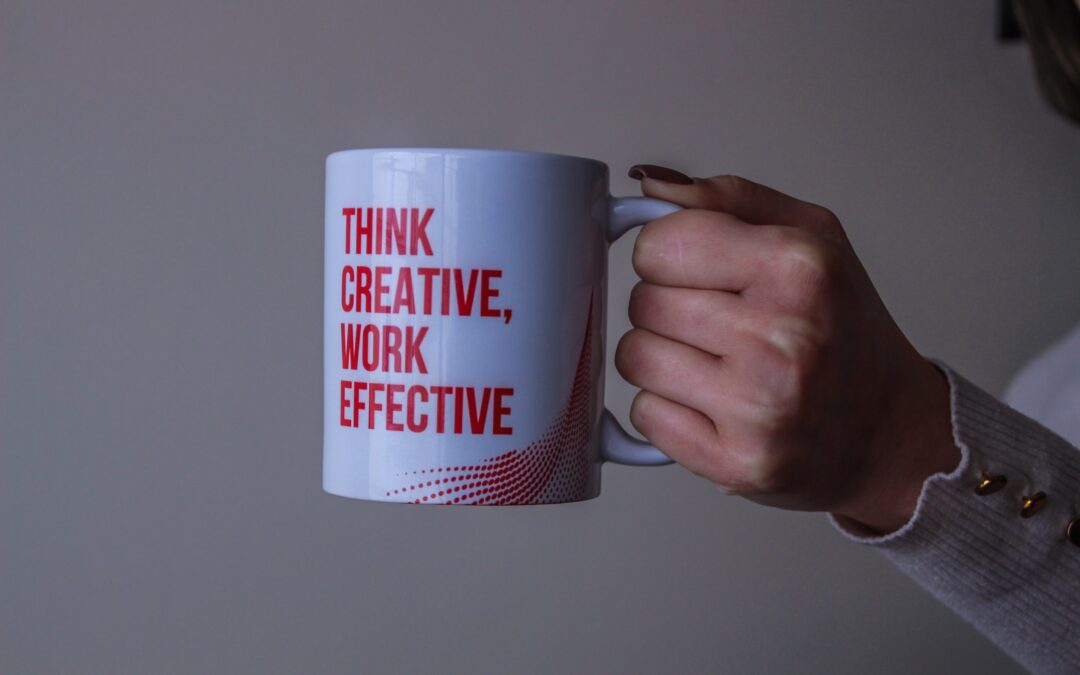
3 Steps to a Truly Terrific Innovation Team
“What had a bigger impact on the project? The process you introduced or the people on the team?”
As much as I wanted to give all the credit to my brilliant process, I had to tell the truth.
“People. It’s always people.”
The right people doing the right work in the right way at the right time can do incredible, even impossible, things. But replace any “right” in the previous sentence, and even the smallest things can feel impossible. A process can increase the odds of doing the right work in the right way, but it’s no guarantee. It’s powerless in the hands of the wrong people.
But how do you assemble the right group of people? Start with the 3 Ts.
Type of Innovation
We’re all guilty of using “innovation” to describe anything that is even a little bit new and different. And we’ve probably all been punished for it.
Finding the right people for innovation start with defining what type of innovation they’ll work on
- Incremental: updating/modifying existing offerings that serve existing customers
- Adjacent: creating new offerings for existing customers OR re-positioning existing offerings to serve new customers
- Radical: new offerings or business models for new customers
Different innovation types require teams to grapple with different levels of ambiguity and uncertainty. Teams working on incremental innovations face low levels of ambiguity because they are modifying something that already exists, and they have relative certainty around cause and effect. However, teams working on radical innovations spend months grappling with ambiguity, certain only that they don’t know what they don’t know.
Time to launch
Regardless of the type of innovation, each innovation goes through roughly the same four steps:
- Discover a problem to be solved
- Design solutions
- Develop and test prototypes
- Launch and measure
The time allotted to work through all four steps determines the pace of the team’s work and, more importantly, how stakeholders make decisions. For example, the more time you have between the project start and the expected launch, the more time you have to explore, play, create, experiment, and gather robust data to inform decisions. But if you’re expected to go from project start to project launch in a year or less, you need to work quickly and make decisions based on available (rather than ideal) data.
Tasks to accomplish
Within each step of the innovation process are different tasks, and different people have different abilities and comfort levels with each. This is why there is growing evidence that experience in the phase of work is more important than industry or functional expertise for startups.
There are similar data for corporate innovators. In a study of over 100,000 people, researchers identified the type and prevalence of four types of innovators every organization needs:
- Generators (17% of the sample): Find new problems and ideate based on their own experience.
- Conceptualizers (19%): Define the problem and understand it through abstract analysis, most comfortable in early phases of innovation (e.g., Discover and Design)
- Implementers (41%): Put solutions to work through experiments and adjustments, most comfortable in later stages of innovation (Develop and Launch)
- Optimizers (23%): Systematically examine all alternatives to implement the best possible solution
Generators and Conceptualizers are most comfortable in the early stages of innovation (i.e., Discover and Design). Implementers and Optimizers are most comfortable in the later stages (e.g., Develop and Launch). The challenge for companies is that only 36% of employees fall into one of those two categories, and most tend to be senior managers and executives.
Taking Action
Putting high performers on innovation teams is tempting, and top talent often perceives such assignments as essential to promotion. But no one enjoys or benefits when the work they’re doing isn’t the work they’re good at. Instead, take time to work through the 3Ts, and you’ll assemble a truly terrific innovation team.